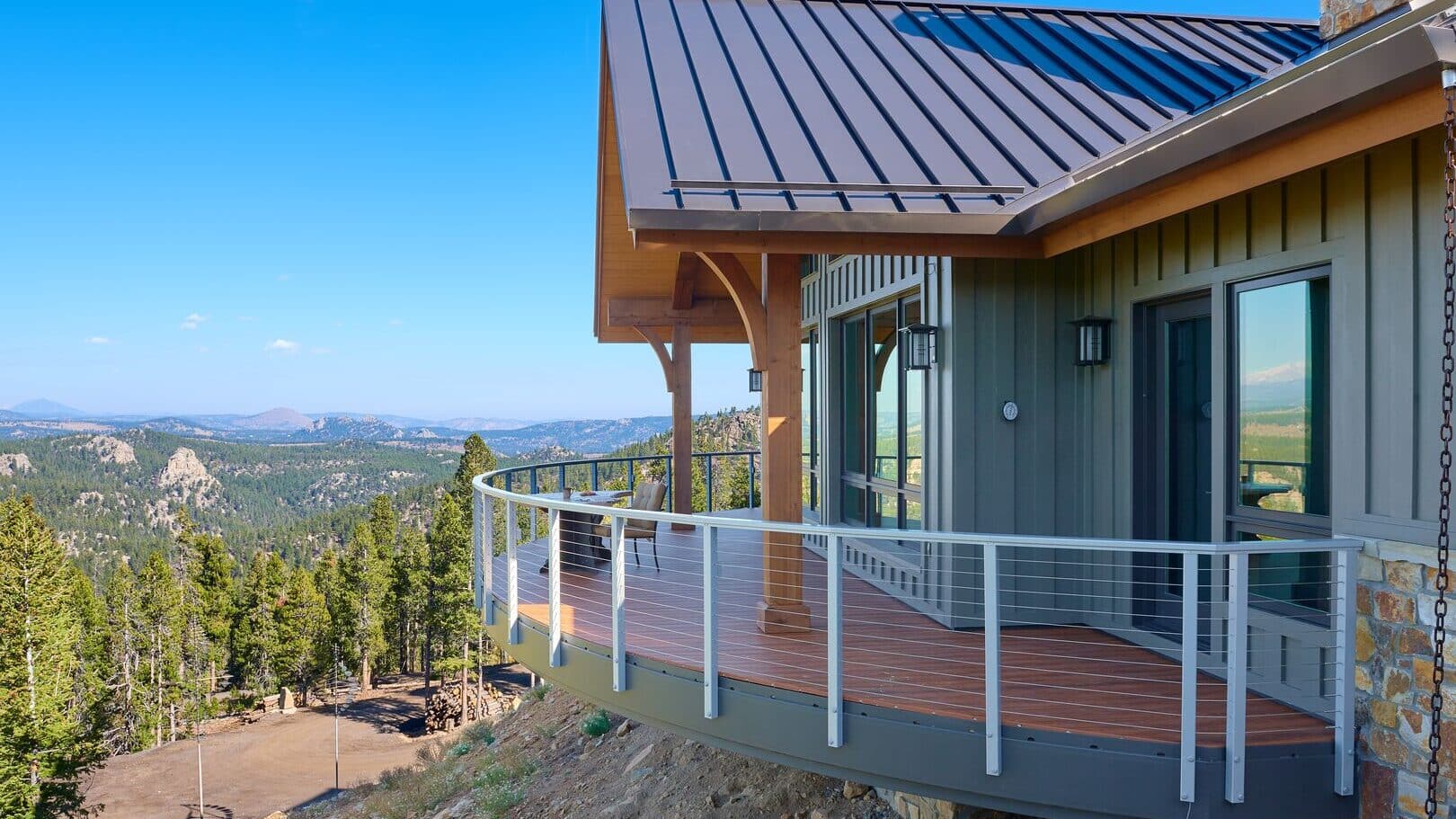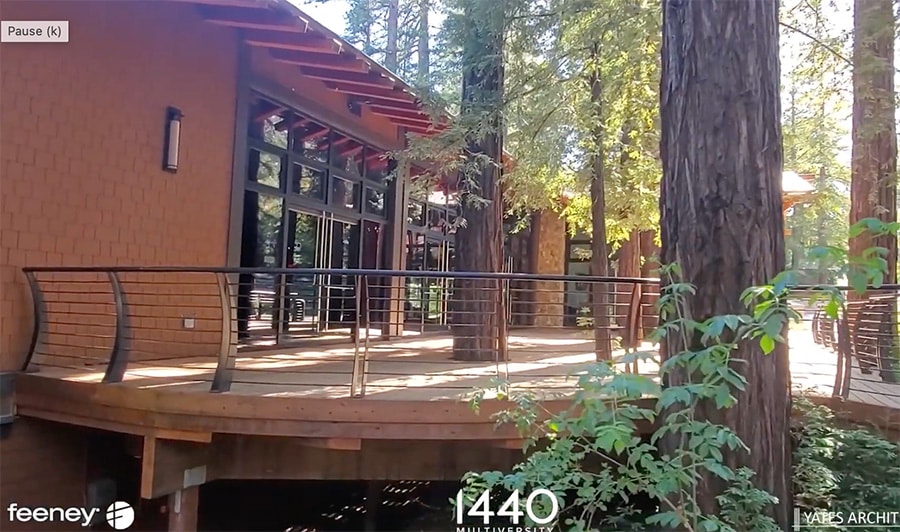
Brand: Feeney®
Feeney® CableRail Kits End Cap, Black (10 Each)
-10%
$6.98
$7.75
Feeney® CableRail Kits End Cap, Black (10 Each) Feeney® CableRail Kits for a Wood Frame, Feeney®...
Brand: Feeney®
Feeney® CableRail Kits End Cap, White (10 Each)
-10%
$6.98
$7.75
Feeney® CableRail Kits End Cap, White (10 Each) Feeney® CableRail Kits for a Wood Frame, Feeney®...
Brand: Feeney®
Feeney® CableRail Kits End Cap, Brown (10 Each)
-10%
$6.98
$7.75
Feeney® CableRail Kits End Cap, Brown (10 Each) Feeney® CableRail Kits for a Wood Frame, Feeney®...
Brand: Feeney®
Feeney® CableRail Kits End Cap, Silver (10 Each)
-10%
$6.98
$7.75
Feeney® CableRail Kits End Cap, Silver (10 Each) Feeney® CableRail Kits for a Wood Frame, Feeney®...
Brand: Feeney®
Feeney® CableRail Kits End Cap, Bronze (10 Each)
-10%
$6.98
$7.75
Feeney® CableRail Kits End Cap, Bronze (10 Each) Feeney® CableRail Kits for a Wood Frame, Feeney®...
Brand: Feeney®
Feeney® CableRail (1/8") Quick-Connect® Lag (Each)
-10%
$22.77
$25.30
Feeney® CableRail (1/8") Quick-Connect® Lag (Each)Feeney® CableRail Fittings+Bulk Cable for a Wood Frame, Feeney® CableRail...
Brand: Feeney®
Feeney® CableRail Kits End Cap, Stainless Steel Crown (4 Each)
-10%
$26.10
$29.00
Feeney® CableRail Kits End Cap, Stainless Steel Crown (4 Each)Feeney® CableRail Kits for a Wood...
Brand: Feeney®
Feeney® CableRail Kits End Cap, Stainless Steel Chamfer (4 Each)
-10%
$26.10
$29.00
Feeney® CableRail Kits End Cap, Stainless Steel Chamfer (4 Each)Feeney® CableRail Kits for a Wood...
Brand: Feeney®
Feeney® CableRail (1/8") Quick-Connect® Threaded Terminal (Each)
-10%
$26.42
$29.35
Feeney® CableRail (1/8") Quick-Connect® Threaded Terminal (Each)Feeney® CableRail Fittings+Bulk Cable for a Wood Frame, Feeney®...
Brand: Feeney®
Feeney® CableRail (1/8") Quick-Connect® Pivot (Each)
-10%
$27.23
$30.25
Feeney® CableRail (1/8") Quick-Connect® Pivot (Each)Feeney® CableRail Fittings+Bulk Cable for a Wood Frame, Feeney® CableRail...
Brand: Feeney®
Feeney® CableRail (1/8") Quick-Connect® Surface Mount (Each)
-10%
$28.35
$31.50
Feeney® CableRail (1/8") Quick-Connect® Surface Mount (Each)Feeney® CableRail Fittings+Bulk Cable for a Wood Frame, Feeney®...
Brand: Feeney®
Feeney® CableRail (1/8") Quick-Connect® Beveled Washer (4 Each)
-10%
$29.52
$32.80
Feeney® CableRail (1/8") Quick-Connect® Beveled Washer (4 Each)Feeney® CableRail Kits for a Wood Frame, Feeney®...

































